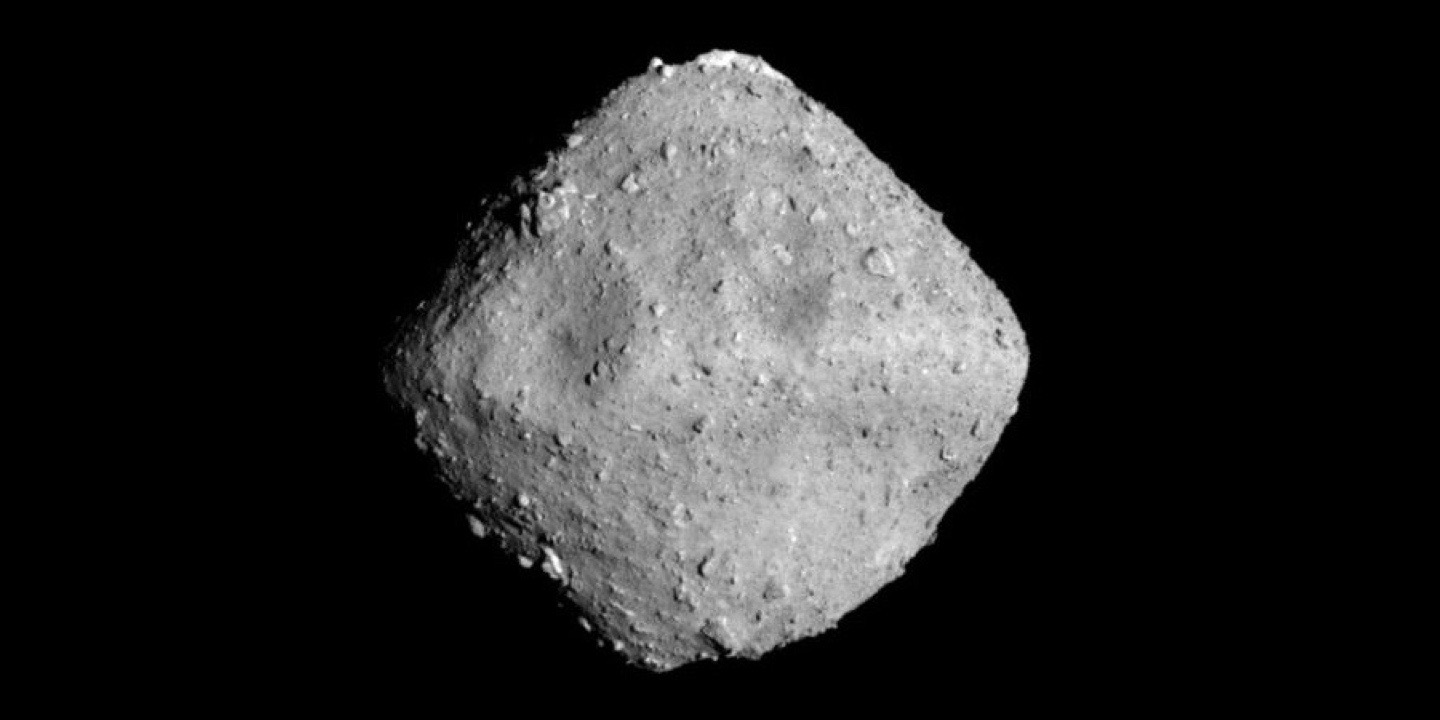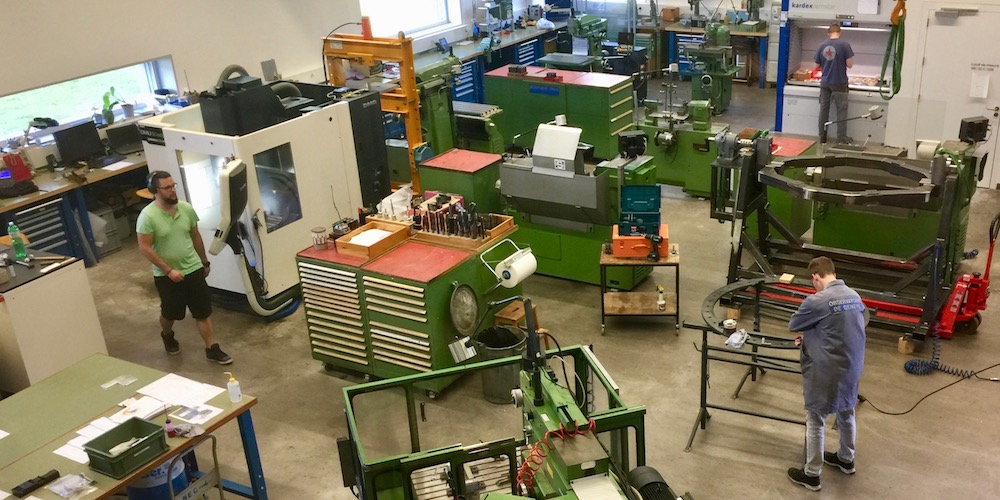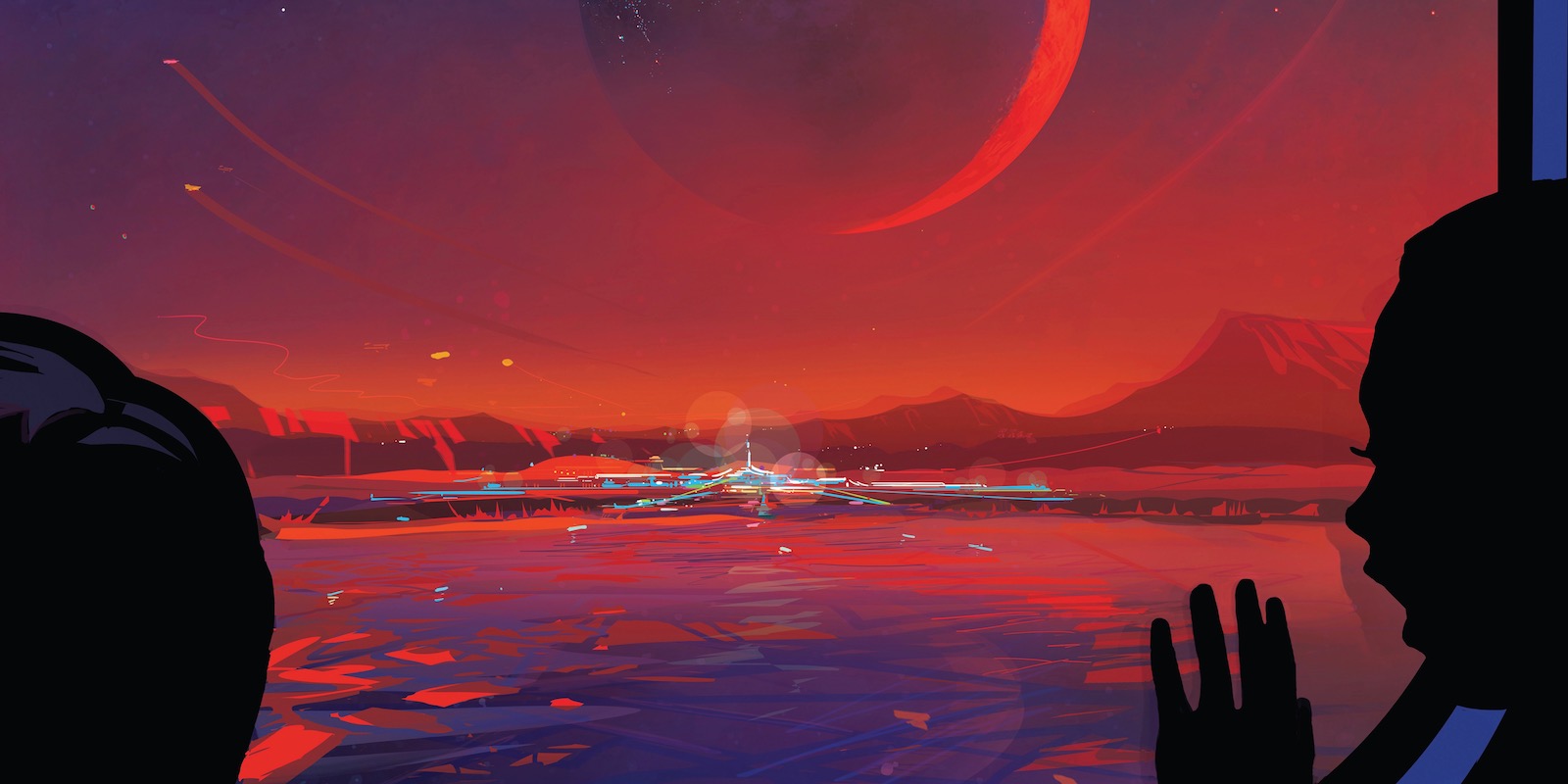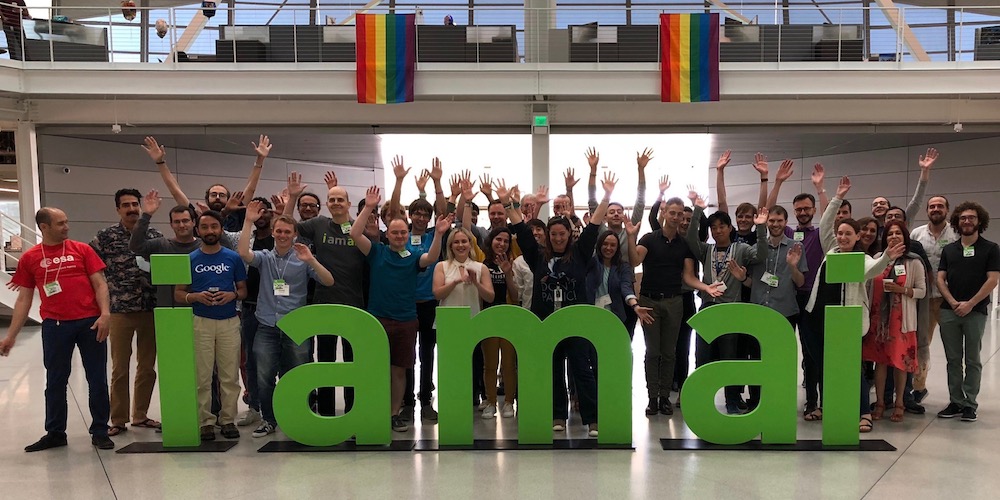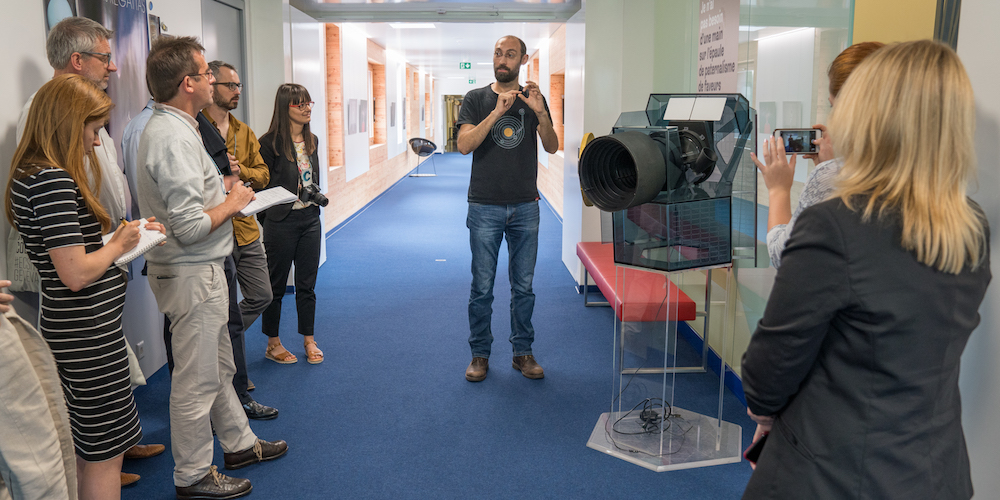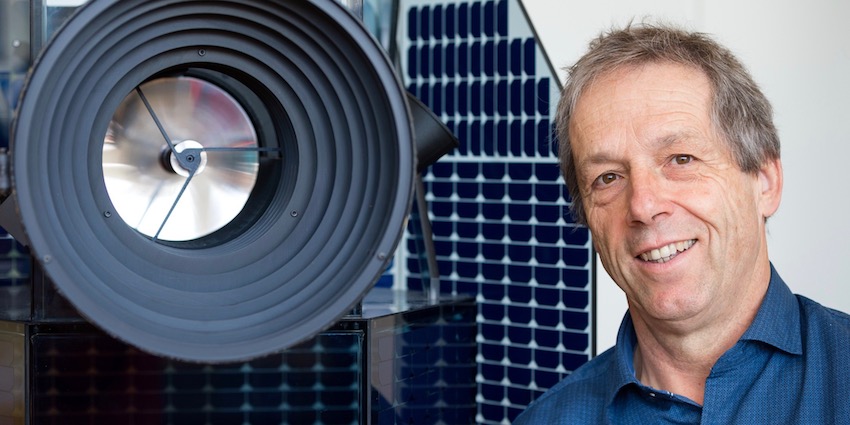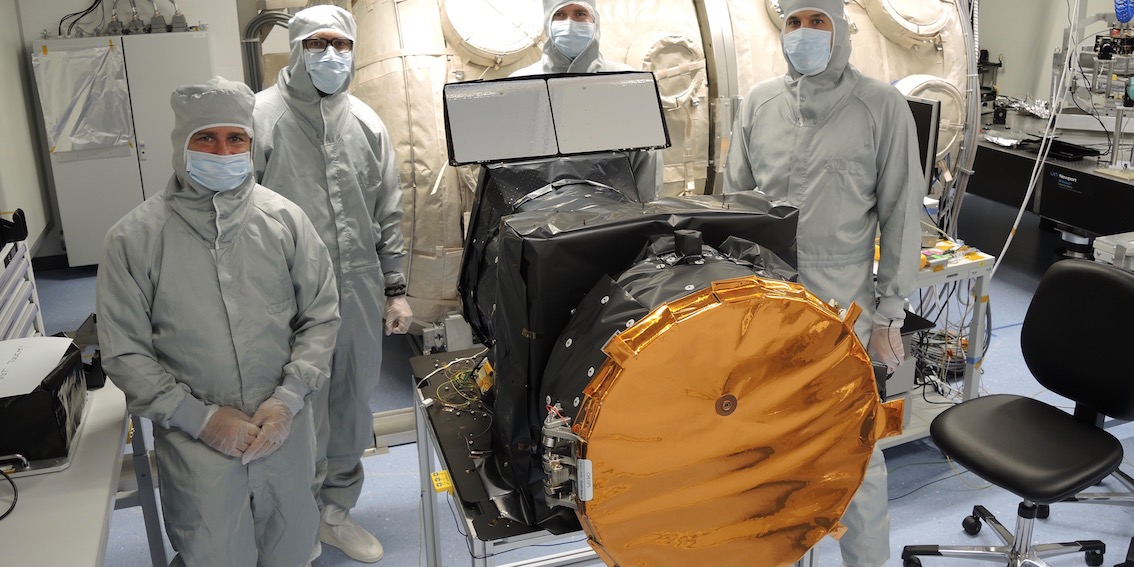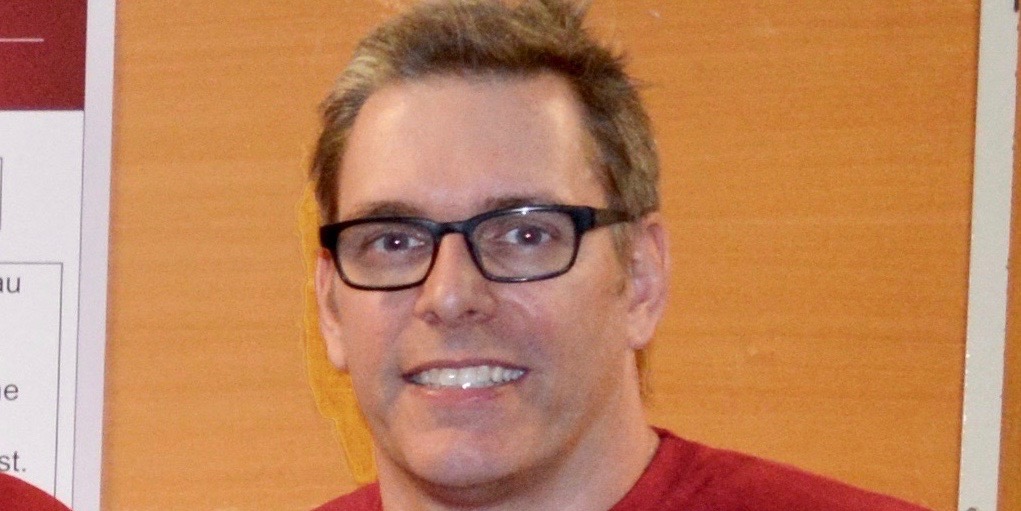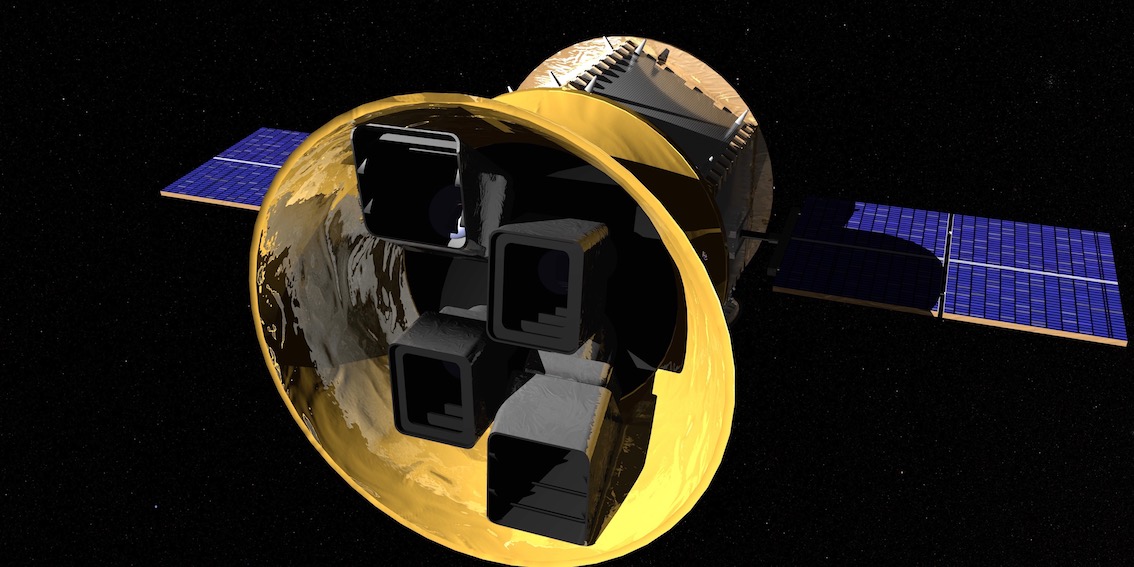External Newsletter
A peregrine falcon in the underwater palace
The Japanese space probe Hayabusa2 has reached the asteroid Ryugu. Hayabusa means peregrine falcon in Japanese, Ryugu is the name of the dragon god’s underwater palace. The mission’s scientific team includes PlanetS researchers. Martin Jutzi calculates what happens when an impactor knocks out an artificial crater on the asteroid. Henner Busemann hopes to be able […]
Continue ReadingFabrication of NIRPS
The Workshop Mechanical workshop of the astronomy department of the University of Geneva: It is in this workshop that some of the components of NIRPS (Near InfraRed Planet Searcher) are manufactured, assembled and integrated into the instrument. The Geneva Observatory is responsible for the construction and installation of the NIRPS front end, which is a subsystem […]
Continue ReadingGreat enthusiasm for small stars
TRAPPIST-1 is the name of the star around which seven planets and many current research projects revolve. Cool dwarf stars are the new favourites when searching for earth-like, life-friendly planets out in space. PlanetS teams are among the world leaders in this field of research. Brice-Olivier Demory is enthusiastic, “with our expertise here at the […]
Continue ReadingHighlights of PlanetS news
From astounding images of Mars and cosmic ravioli near Saturn to distant worlds that might look similar or very different to planets in our solar system – the researchers of PlanetS keep coming up with surprising news that are published worldwide. Objects shaped like ravioli and spaetzle puzzled the readers of science news. How come […]
Continue ReadingArtificial Intelligence joins Astrobiology
Tackling humanity’s biggest challenges with Artificial Intelligence: Uni Bern scientist at NASA’s Frontier Development Lab For the third time since 2016 machine learning experts and space scientists will spend the summer in Silicon Valley to work on some of NASA’s most important present day challenges. The 8 week long program – NASA frontier development lab […]
Continue ReadingThe Space Group of Ecsite visits the Geneva Observatory
Ecsite is an annual international conference that brings together the majority of mediators and other scientific representatives of European museums. This year Ecsite was held in Geneva where no less than 1200 people had made the trip. As is the tradition, the conferences and workshops are preceded by pre-conferences organised by the different Ecsite member […]
Continue ReadingAn important milestone
Dear Reader, In October 2012, CHEOPS was selected as the first small mission in ESA’s science programme. This week, 65 months of intense work later, we are essentially ready to ship the telescope to Airbus Defense and Space in Madrid to be integrated onto the platform for a launch from Kourou in French Guyana in […]
Continue ReadingCHEOPS leaves the University of Bern
Construction of the space telescope CHEOPS is finished. The engineers from the Center for Space and Habitability (CSH) at the University of Bern will package the instrument this week and send it to Madrid, where it will be integrated on the satellite platform. CHEOPS (CHaracterising ExOPlanet Satellite) is to be ready to launch in early […]
Continue Reading“We have to meet hundreds of requirements”
Christopher Broeg is project manager of the CHEOPS mission. A consortium of more than 100 scientists and engineers in eleven European countries is involved in the mission. At the University of Bern, Christopher Broeg and a team consisting of 15 members have developed, assembled and tested the space telescope over the past five years. The […]
Continue ReadingTESS ready for take-off
NASA plans to launch a new exoplanet satellite called TESS on 16 April 2018. It is expected to discover thousands of exoplanets around nearby bright stars. Members of the NCCR PlanetS are involved in the NASA project and synergies are expected between TESS and CHEOPS, the space mission under co-leadership between Switzerland and ESA. Like […]
Continue Reading
